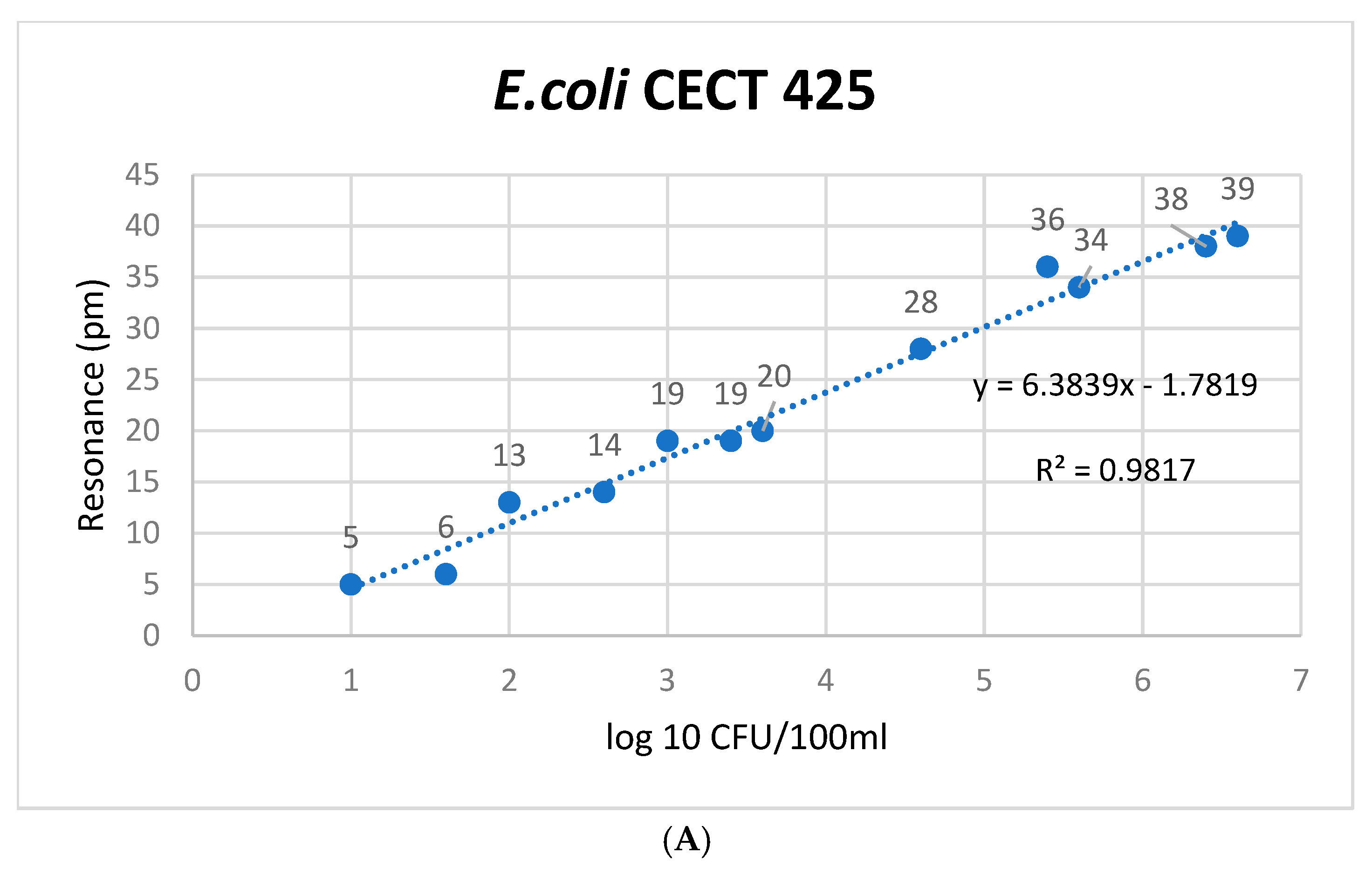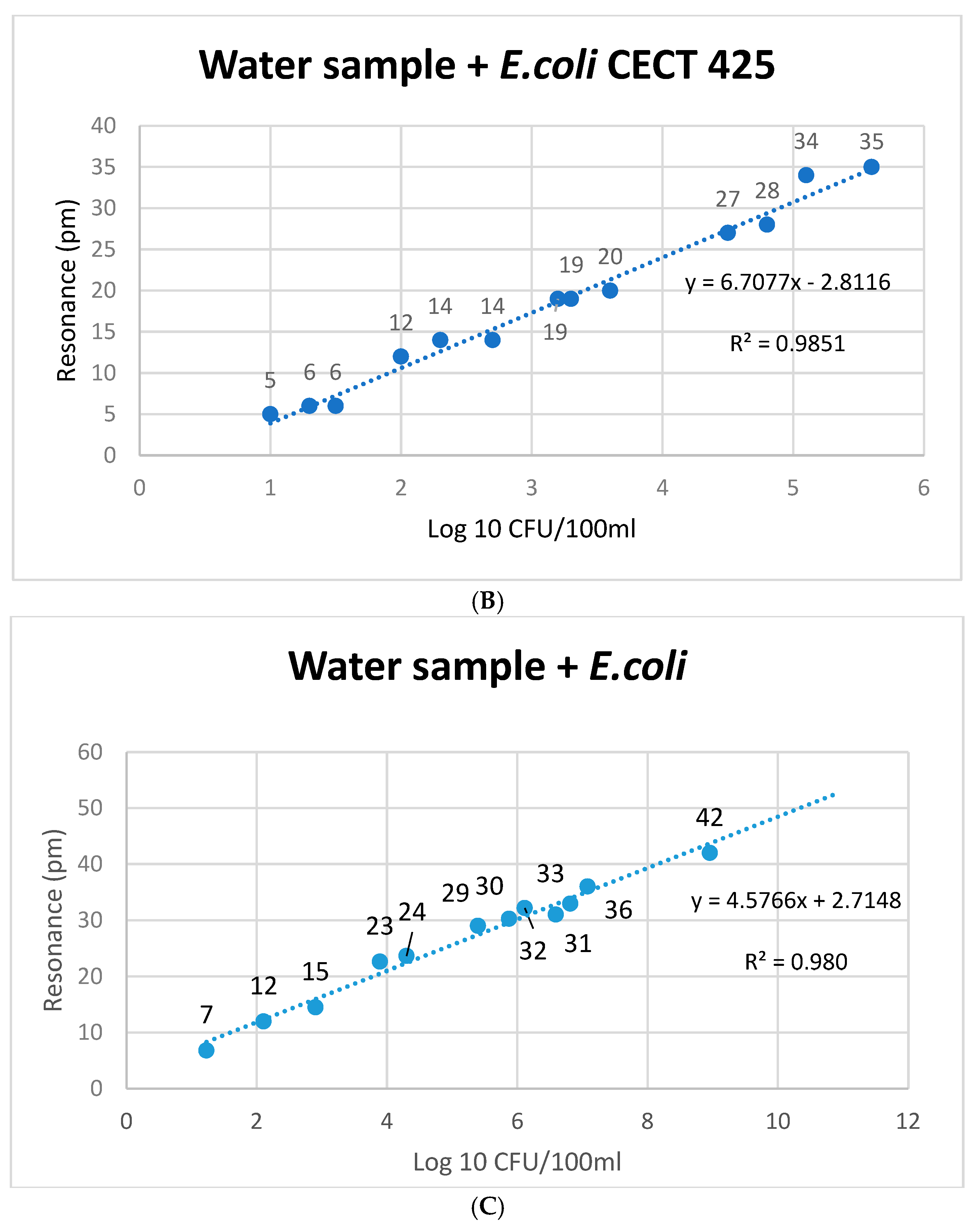Correction: Fernández Blanco et al. A Photonic Immunosensor Detection Method for Viable and Non-Viable E. coli in Water Samples. Microorganisms 2024, 12, 1328
Reference
- Fernández Blanco, A.; Moreno, Y.; García-Hernández, J.; Hernández, M. A Photonic Immunosensor Detection Method for Viable and Non-Viable E. coli in Water Samples. Microorganisms 2024, 12, 1328. [Google Scholar] [CrossRef] [PubMed]


Disclaimer/Publisher’s Note: The statements, opinions and data contained in all publications are solely those of the individual author(s) and contributor(s) and not of MDPI and/or the editor(s). MDPI and/or the editor(s) disclaim responsibility for any injury to people or property resulting from any ideas, methods, instructions or products referred to in the content. |
© 2025 by the authors. Licensee MDPI, Basel, Switzerland. This article is an open access article distributed under the terms and conditions of the Creative Commons Attribution (CC BY) license (https://creativecommons.org/licenses/by/4.0/).
Share and Cite
Fernández Blanco, A.; Moreno, Y.; García-Hernández, J.; Hernández, M. Correction: Fernández Blanco et al. A Photonic Immunosensor Detection Method for Viable and Non-Viable E. coli in Water Samples. Microorganisms 2024, 12, 1328. Microorganisms 2025, 13, 1984. https://doi.org/10.3390/microorganisms13091984
Fernández Blanco A, Moreno Y, García-Hernández J, Hernández M. Correction: Fernández Blanco et al. A Photonic Immunosensor Detection Method for Viable and Non-Viable E. coli in Water Samples. Microorganisms 2024, 12, 1328. Microorganisms. 2025; 13(9):1984. https://doi.org/10.3390/microorganisms13091984
Chicago/Turabian StyleFernández Blanco, Ana, Yolanda Moreno, Jorge García-Hernández, and Manuel Hernández. 2025. "Correction: Fernández Blanco et al. A Photonic Immunosensor Detection Method for Viable and Non-Viable E. coli in Water Samples. Microorganisms 2024, 12, 1328" Microorganisms 13, no. 9: 1984. https://doi.org/10.3390/microorganisms13091984
APA StyleFernández Blanco, A., Moreno, Y., García-Hernández, J., & Hernández, M. (2025). Correction: Fernández Blanco et al. A Photonic Immunosensor Detection Method for Viable and Non-Viable E. coli in Water Samples. Microorganisms 2024, 12, 1328. Microorganisms, 13(9), 1984. https://doi.org/10.3390/microorganisms13091984




